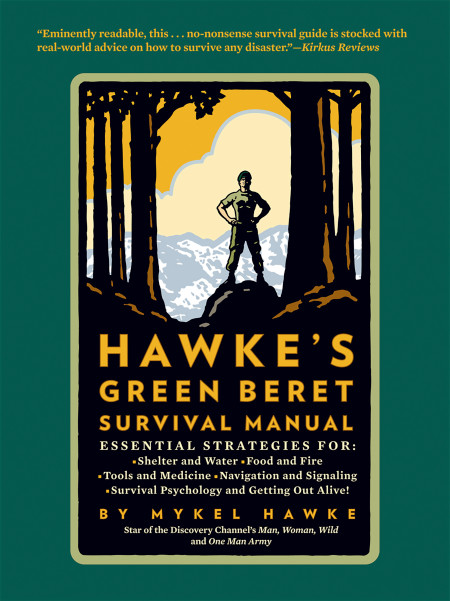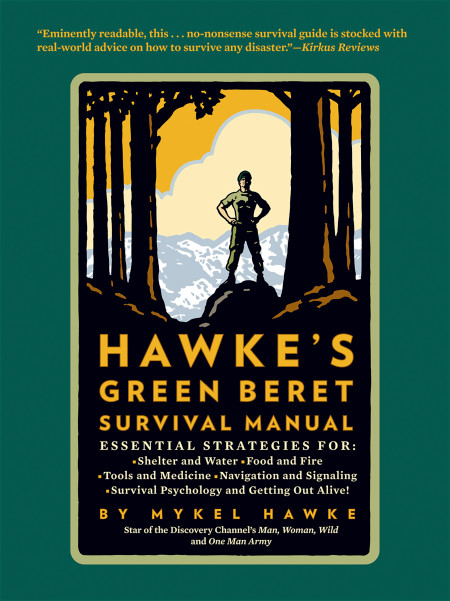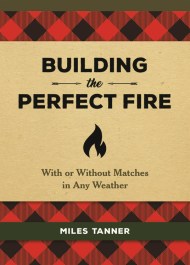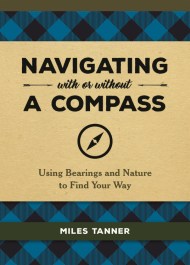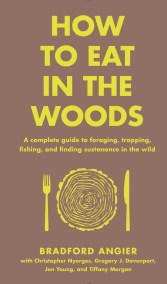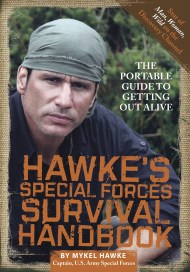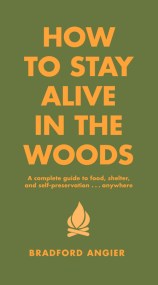Promotion
Use code MOM24 for 20% off site wide + free shipping over $45
Hawke's Green Beret Survival Manual
Essential Strategies For: Shelter and Water, Food and Fire, Tools and Medicine, Navigation and Signa
Contributors
By Mykel Hawke
Formats and Prices
Price
$12.99Price
$16.99 CADFormat
Format:
ebook $12.99 $16.99 CADThis item is a preorder. Your payment method will be charged immediately, and the product is expected to ship on or around December 20, 2011. This date is subject to change due to shipping delays beyond our control.
Also available from:
This practical survival guide from U.S. Special Forces Captain and outdoor survival expert Mykel Hawke includes illustrated instruction on:
- shelter and water
- food and fire
- tools and medicine
- navigation and signaling
- survival psychology
Hawke’s engaging style and matter-of-fact attitude-not to mention his incredible resume in the survival arena-elevates this book above its competition.
Genre:
- On Sale
- Dec 20, 2011
- Page Count
- 640 pages
- Publisher
- Running Press
- ISBN-13
- 9780762446698
Newsletter Signup
By clicking ‘Sign Up,’ I acknowledge that I have read and agree to Hachette Book Group’s Privacy Policy and Terms of Use
